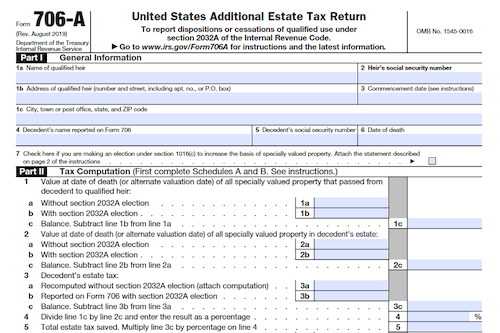Form W-4R is used to ensure the correct amount of federal income tax is withheld from nonperiodic payments or eligible rollover distributions from employer retirement plans, annuities, or IRAs. For periodic payments, Form W-4P must be used instead.
What is Form W-4R?
Form W-4R is completed by individuals who wish to have their payers withhold the correct amount of federal income tax from their nonperiodic payment (i.e., payments made irregularly) or eligible rollover distribution from an employer retirement plan, annuity, or IRA. The default rate of withholding for nonperiodic payments can be changed, and for eligible rollover distributions, the rate cannot be less than 20%. Payloads to nonresident aliens and foreign estates are not eligible for Form W-4R, and victims of terrorist attacks can enter “-0-” on line 2 to withhold no tax.
IRS Form W-4R – Who Needs to Fill It Out?
Form W-4R needs to be filled out by those wanting to have the correct amount of federal income tax withheld from their nonperiodic payment, eligible rollover distribution, or annuity from an employer retirement plan or IRA. Those receiving periodic payments should use Form W-4P instead. If not enough tax is withheld, a penalty may be owed, and if too much is withheld, a refund is due. Alternatively, a payer may be required to withhold at a default rate of 10% or 20%, depending on the type of payment. Foreign citizens should not use this form and should consult publications for more information. Those victims of a terrorist attack who are not receiving taxable disability payments should enter “0” on line 2.
Step-by-Step: Form W-4R Instructions For Filling Out the Document
Filling out Form W-4R is necessary to ensure that the correct amount of federal income tax is withheld from nonperiodic payments and eligible rollover distributions from an employer retirement plan, annuity, or IRA. The default rate of withholding is 10% for nonperiodic payments, and as low as “-0-” can be entered in line 2. Default withholding on eligible rollover distributions, however, is 20%, with no option to enter a lower rate. Filling out a new form is required if you would like to change this withholding amount, and a new form must be submitted to payers if an incorrect SSN is entered. Tax relief for victims of terrorism may be available, depending on the type of injury and the payment received, for which “-0-” can be entered on line 2. For more information, see Pub. 3920.
Below, we present a table that will help you understand how to fill out Form W-4R.
| Information Required for Form W-4R | Details |
|---|---|
| Default Withholding Rate | 10% for nonperiodic payments, 20% for eligible rollover distributions |
| Lower Withholding Option | As low as “-0-” for nonperiodic payments |
Do You Need to File Form W-4R Each Year?
Form W-4R is completed by those receiving a non-periodic payment or eligible rollover distribution from an employer retirement plan, annuity, or IRA in order to have the correct amount of federal income tax withheld. While the default rate is 10% for non-periodic payments and 20% for eligible rollover distributions, individuals may choose alternate amounts to be withheld and must submit a new form annually to update their withholding choice. Additionally, those receiving payments outside of the US and its territories cannot choose a rate below 10% for federal income tax withholding. Victims of terrorist attacks who receive disability payments that are not taxable may enter “-0-” on line 2.
Download the official IRS Form W-4R PDF
On the official IRS website, you will find a link to download Form W-4R. However, to make it easier for you, we are providing the link in our article, which comes directly from the official irs.gov website! Click to download: Form W-4R
Sources:




